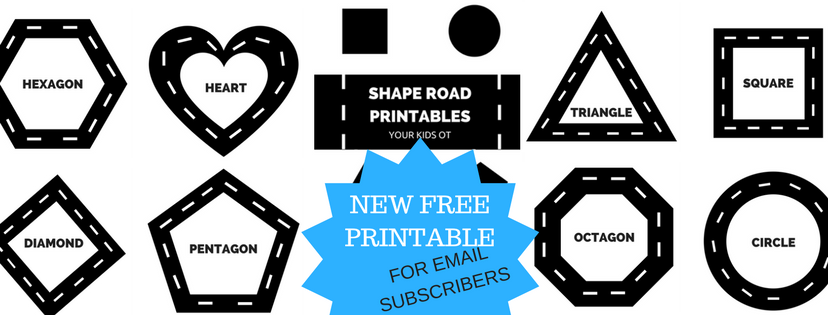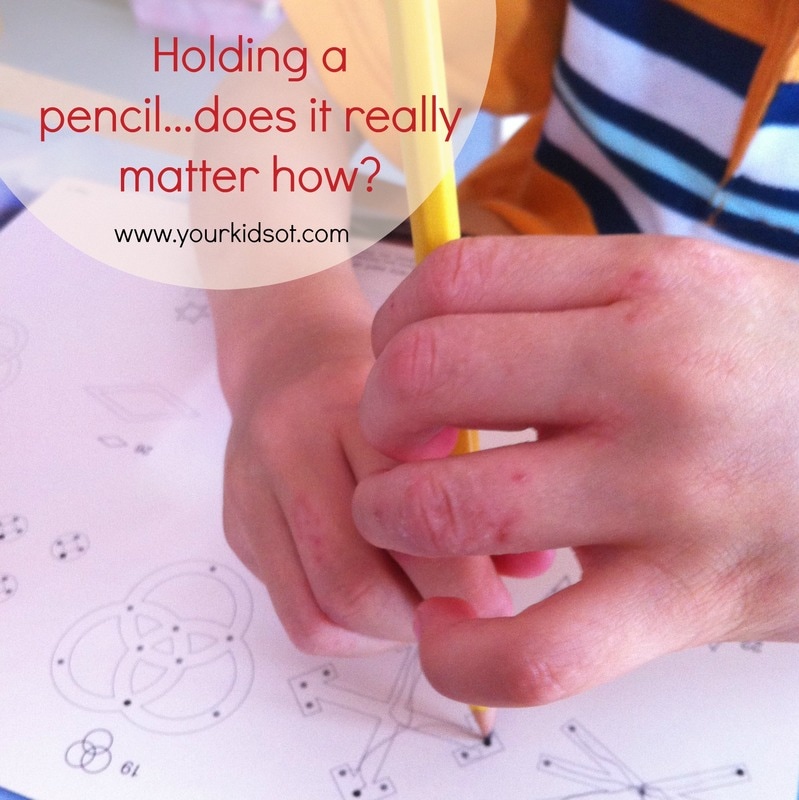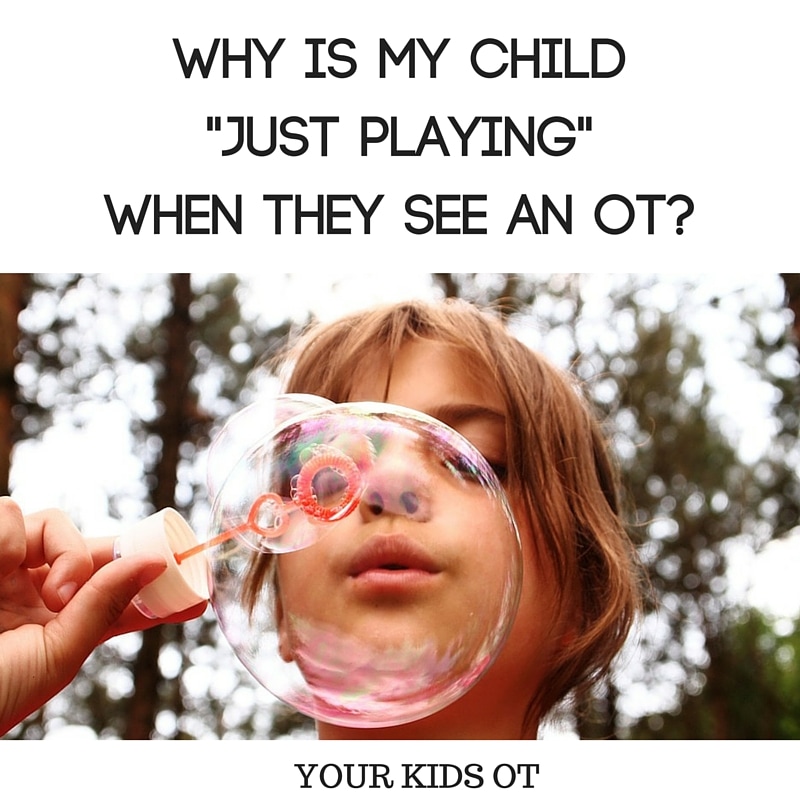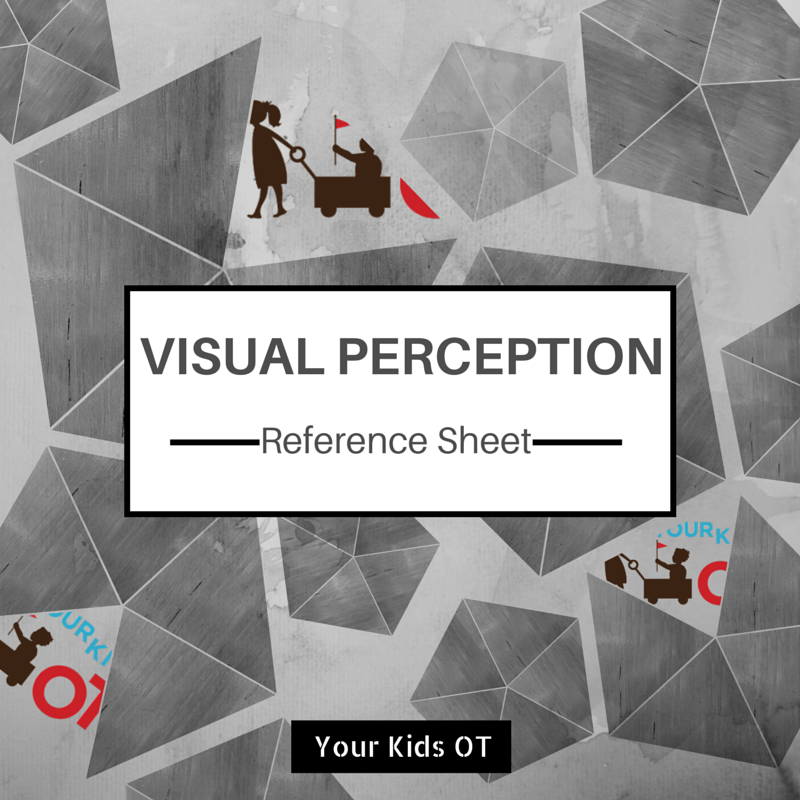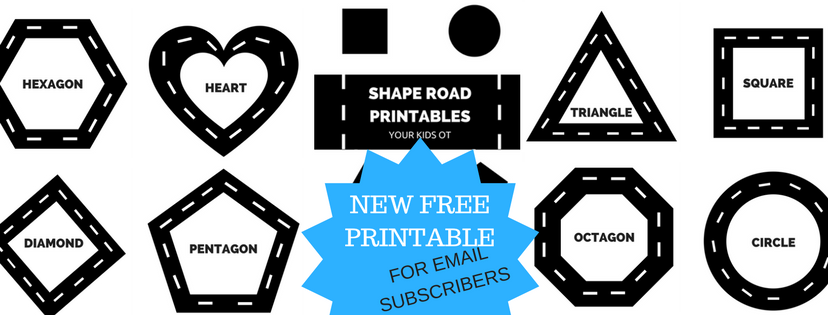|
Where is thumbkin? Where is thumbkin? Here I am, here I am! "Thumbs on top" is my top tip for teaching scissor skills. Both the hand holding the scissors and the hand holding the page need to have their thumbs on top. This allows for forward cutting and for manipulation of the paper (or whatever that is being cut). Early "cutters" will move their wrists and hands in all positions ... encourage them to keep their thumbs on top and have their scissors pointing forward. Over time we want the non-dominant hand to manipulate the paper (turn it) so that the scissors are always pointing forward (away from the child's body). It's important for children to know which finger is their thumb and it can be important to highlight it for your child. Ways to "highlight" the thumb! * play games where the thumb is vital such as "thumb wars" ---> Take me to more on Thumb Wars * name the "thumb" when your child is gripping things like a cup, cutlery, toy steering wheel, finger food, playing an instrument * place a sticker or temporary tattoo on the thumb (you could also place the sticker on the scissors so they know which part is "up". * sing finger rhymes such as "Where is thumbkin?" or "Incy Wincy Spider" * use nail polish to distinguish thumbs * play with finger puppets * play "heads down, thumbs up" - This is a group game where one child is "in" and leaves the room. Someone (or a few children) in the group is nominated as the ones to find. Everyone then places their heads on the table with their hands fisted on the table and thumbs up. The child who was outside of the room comes back in and has a certain number of guesses to find the nominated child/ren. They choose children by folding over their thumbs. When all the selections are made, someone says "heads up, stand up" and the ones chosen who match with the nominated ones at the beginning stand up. Someone new is chosen to be "in" to be the next to guess. Watch Top Tips: Scissor Skills "Thumbs on Top" on you-tube with a behind the scenes look at the new scissor skills printables ---> Take me to the video online! (if you can't see this attachment in your email or browser). Once your child's thumbs are in position, they can start to open and close the scissors. Choosing the correct scissors for your child is also important. Blunt craft scissors are great for cutting playdough but are not much use when it comes to paper. These are often introduced as safety scissors for toddlers, however they can become quite frustrating when they don't actually cut. If your child has developed a hand preference, it is also important for the scissors to be chosen which are specifically left or right-handed scissors. Usually scissors which are promoted for "both hands" have the blades on the scissors to be more effective for right-handed users. This can also be frustrating if you have a "lefty". Scissors that have a centre piece that allow for a "bounce" can help with the open/close action. This is often one of the first difficulties that arise for young scissor users as they can quite easily "shut" their hand to close the scissors but they can't "open" their hand again to make the next cut. If you can't find these type of scissors (check the video link for a look at what I'm talking about) then placing your own hand over your child's hand with your third finger "dangerously" placed between the scissor handles (not the blades) ... this will give you a way of physically helping with the "opening part".... Find more articles on scissor skills: * 10 Practical Ways to Practice Scissor Skills * Developing hand strength for Scissor Skills * Pre-scissor skills (Opening and Closing Hands) * Scissor Skills Busy Boxes Find new printables for scissor skills: * Make a Zoo * Interactive Fun * Cut and Paste Words * Cut and Paste Sentences If you missed the link above, you can have a closer look at these printables in the You-tube video ---> Printables in action What are your top tips for scissor skills? 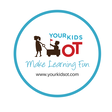 Cindy is a registered occupational therapist practising in Sydney, Australia. She has two growing children who are a constant source of inspiration and learning. Cindy loves working creatively to help children to reach their potential, finding opportunities in everyday living and making learning fun. She is also addicted to making printables (even when they take a long time to complete). Cindy is the author of the Occupational Therapy blog Your Kids OT. Read more articles from Your Kids OT at https://www.yourkidsot.com/blog Cindy is a member of the Functional Skills for Kids Therapy Team. They have together published THE HANDWRITING BOOK, THE SCISSORS SKILLS BOOK and THE TOILETING BOOK. The information on this site is general in nature. The activities are safe for most children, however, you should consult an Occupational Therapist or health professional to address specific movement, sensory or other medical conditions. Affiliate links are used throughout this website to promote recommended products. Your Kids OT receives a small commission if any purchases are made through these links. Please see my disclosure policy for more details. Amazon Store: https://www.amazon.com/shop/yourkidsot YKOT shop: https://www.yourkidsot.com/store/c1/Featured_Products.html Teachers Pay Teachers: https://www.teacherspayteachers.com/Store/Your-Kids-Ot You Tube Channel: https://www.youtube.com/channel/UCZUz_5nYEOCkj32DiOCQo4Q/featured Facebook: https://www.facebook.com/yourkidsot Instagram: https://www.instagram.com/yourkidsot/ Pinterest: https://www.pinterest.com.au/yourkidsot/ Whilst Valentine's Day will come and go here at YKOT without much thought; I was inspired by all the "heart shaped" activities that are being shared at the moment. Depending on you child's age, have them cut strips from a toilet paper roll (or paper towel roll or wrapping paper insert). Use this cardboard strip to shape a heart. Decorate the hearts with markers and then use them for colour matching, stacking, posting or threading. You could even make patterns, dip them in paint, trace around them or glue them down. Watch the You-tube video for some of these ideas in action below. Find the Heart Shaped Toilet Roll Activities on you-tube ---> Take me to the video online! (if you can't see this attachment in your email or browser). Scissor skills are a great way to work on bilateral coordination skills as one hand is used for "holding" and the other for manipulating the scissors to cut. I love toilet paper rolls for cutting as they need to be turned which means the "holding hand" isn't still but has to be put into action as well. You will see some children struggle with this turning action and move their cutting arm so that the scissors point into all sorts of directions. They may try to use the table or their body to stabilise as well. Encourage your child to cut with the scissors pointing forward (away from their body) and manipulate whatever that is being cut to maintain that forward cutting position. This takes time to achieve! Find more activities targetting fine motor skills HERE or watch the YKOT You Tube fine motor skills playlist HERE. Finger play is an easy way to "sneak in" some fine motor skill development. What shapes can your child make with their fingers? A circle? A diamond? A triangle? A heart? 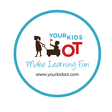 Cindy is a registered occupational therapist practising in Sydney, Australia. She has two growing children who are a constant source of inspiration and learning. Cindy loves working creatively to help children to reach their potential, finding opportunities in everyday living and making learning fun. She is also addicted to making printables (even when they take a long time to complete). Cindy is the author of the Occupational Therapy blog Your Kids OT. Read more articles from Your Kids OT at https://www.yourkidsot.com/blog Cindy is a member of the Functional Skills for Kids Therapy Team. They have together published THE HANDWRITING BOOK, THE SCISSORS SKILLS BOOK and THE TOILETING BOOK. The information on this site is general in nature. The activities are safe for most children, however, you should consult an Occupational Therapist or health professional to address specific movement, sensory or other medical conditions. Affiliate links are used throughout this website to promote recommended products. Your Kids OT receives a small commission if any purchases are made through these links. Please see my disclosure policy for more details. Amazon Store: https://www.amazon.com/shop/yourkidsot YKOT shop: https://www.yourkidsot.com/store/c1/Featured_Products.html Teachers Pay Teachers: https://www.teacherspayteachers.com/Store/Your-Kids-Ot You Tube Channel: https://www.youtube.com/channel/UCZUz_5nYEOCkj32DiOCQo4Q/featured Facebook: https://www.facebook.com/yourkidsot Instagram: https://www.instagram.com/yourkidsot/ Pinterest: https://www.pinterest.com.au/yourkidsot/ Welcome to the "Let's talk" series where I discuss various phrases that are thrown around in the OT world. These phrases often reflect our philosophy and underpin our practice. Depending on an occupational therapist's experience, you may find individuals having different opinions on some of these topics. I'm hoping to share something from this series each month. So let's kick this off with discussing a "just-right challenge". Children are learning and growing at their own pace. They might be good at some things and have difficulties with other things. This is part of normal child development. The children who benefit from OT are those children where daily challenges affect their ability to carry out their regular activities, meet developmental milestones or the expectations of others. This can vary from physical skills, social skills, play skills, daily living skills (eg. eating, toiletting, dressing), organising skills, etc. So what is a "just-right challenge"? The term originated with Jean Ayres, occupational therapist. She is attributed with being the OT who first conceptualized sensory integration theory and practice. The "just-right challenge" or "adaptive-response" method describes a place where the child is met between boredom from something being too easy and frustration from it being too difficult. According to Rebeiro & Polgar (1998), the "just-right challenge" ... ---> is an optimal fit between the demands of the person, occupation and the environment ---> causes clients to be motivated to continue or repeat their experience ---> contributes to greater life satisfaction Occupational therapists are always looking to help meet the child where they are at.... working from what they can do, extending them just that bit to meet a stepping stone towards their goals OR modifying the activity, environment or goal itself. This enables a child to feel some success and encourages them to keep working towards their goal. Download a poster version of this image from the YKOT shop. Ways to achieve a "just-right challenge"! The relationship between therapist and child is a balancing act where rapport is built through engagement and trust. Therapists are constantly adjusting their prompts, changing the amount of assistance they provide, modifying the activity, presenting the activity in a different way, making things harder, making things easier, changing environmental demands ... to meet your child where they are at on the day and at that time. OTs call this process "grading". We want to encourage children to extend themselves to learn new skills (maybe outside of their comfort zones) but not feel overwhelmed with the demands causing them to be anxious, shut down or demonstrate challenging behaviours. We want children to work at their optimal level of arousal. Therapists also look for ways to help children to be motivated, find satisfaction and rewards (internal and external) from working towards or achieving their goals. There may some situations where achieving a goal or completing a task is not possible without some accommodations or adaptions. This may be when a therapist recommends specialized equipment, tools or techniques outside what is conventionally used. Achieving goals with modifications or accommodations is achieving and should not be considered "a cop out". Function is function. Over time, we have seen some specialized equipment or adaptions become a "norm" in society. Sometimes this is wonderful - like grab rails in toilets, accessible ramps, visual schedules, scooter boards sold in department stores... Sometimes we (OTs) are cautiously optimistic but concerned - for example, with the use of weighted blankets and vests, some pencil grips, "sensory programs", etc - where the advice of an OT can be informative. Things to consider...
Let's discuss...
For non-OTs reading this... therapy can look like "just playing" but OTs are considering all of the above when working with your child. Read more-- * Why is my child just playing when they see an OT? * OT assessment process * Sensory Triggers in the classroom I would love to hear your comments on a "just-right challenge"! Comment below or join the conversation in my social media posts - I'll be sharing the YKOT Instagram and Facebook pages. Let's keep talking and I hope you join in with this series. Let me know if there is something that you would like to "talk" about! Reference: Rebeiro KL, Polgar JM. Enabling occupational performance: optimal experiences in therapy. Can J Occup Ther. 1999 Feb;66(1):14-22. doi: 10.1177/000841749906600102. PMID: 10462878. 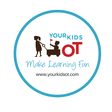 Cindy is a registered occupational therapist practising in Sydney, Australia. She has two growing children who are a constant source of inspiration and learning. Cindy loves working creatively to help children to reach their potential, finding opportunities in everyday living and making learning fun. She is also addicted to making printables (even when they take a long time to complete). Cindy is the author of the Occupational Therapy blog Your Kids OT. Read more articles from Your Kids OT at https://www.yourkidsot.com/blog Cindy is a member of the Functional Skills for Kids Therapy Team. They have together published THE HANDWRITING BOOK, THE SCISSORS SKILLS BOOK and THE TOILETING BOOK. The information on this site is general in nature. The activities are safe for most children, however, you should consult an Occupational Therapist or health professional to address specific movement, sensory or other medical conditions. Affiliate links are used throughout this website to promote recommended products. Your Kids OT receives a small commission if any purchases are made through these links. Please see my disclosure policy for more details. Amazon Store: https://www.amazon.com/shop/yourkidsot YKOT shop: https://www.yourkidsot.com/store/c1/Featured_Products.html Teachers Pay Teachers: https://www.teacherspayteachers.com/Store/Your-Kids-Ot You Tube Channel: https://www.youtube.com/channel/UCZUz_5nYEOCkj32DiOCQo4Q/featured Facebook: https://www.facebook.com/yourkidsot Instagram: https://www.instagram.com/yourkidsot/ Pinterest: https://www.pinterest.com.au/yourkidsot/ |
AuthorHi, I'm Cindy and I am an Occupational Therapist. I enjoy working creatively with children to see them reach their potential. Read more about me here. SEARCH THIS SITE
Archives
June 2024
Categories
All
Popular Posts |
Join the YKOT e-newsletter!
Subscribe to get our latest content by email and receive
the SHAPE ROADS PRINTABLE NOW!

Success! Now check your email to confirm your subscription and receive your free printable!
Join our Mailing List!
Subscribe to get our latest content by email and receive
the SHAPE ROADS PRINTABLE NOW as a thankyou!

Success! Now check your email to confirm your subscription and receive your free printable!
Disclaimer: The information on this site is general in nature and should be used for educational and entertainment purposes. The activities are safe for most children, however, you should consult an Occupational Therapist or health professional to address specific movement, sensory or other medical conditions. This blog does not replace formal therapeutic professional advice given by a health professional or medical practitioner. Reviews and endorsements of products will only be made based on my expertise and personal opinion; and deemed worthy of such endorsement. The opinions shared in sponsored content will always be my own and not that of the advertising company or brand. Content, advertising space or posts will be clearly identified if paid, affiliated or sponsored. Affiliate links may be found throughout this website in advertising. This means that if you follow through with a purchase from these links, Your Kids OT will receive a percentage of the sale. Your Kids OT undertakes to meet the requirements of the "Social Media Policy" as published by Australian Health Practitioner Regulation Agency (AHPRA). Further information about this policy can be found here.
Find meFollow me |
About me
AuthorHi, I'm Cindy and I am an Occupational Therapist. I enjoy working creatively with children to see them reach their potential. Read more about me here. |
Copyright © 2017 Your Kid OT

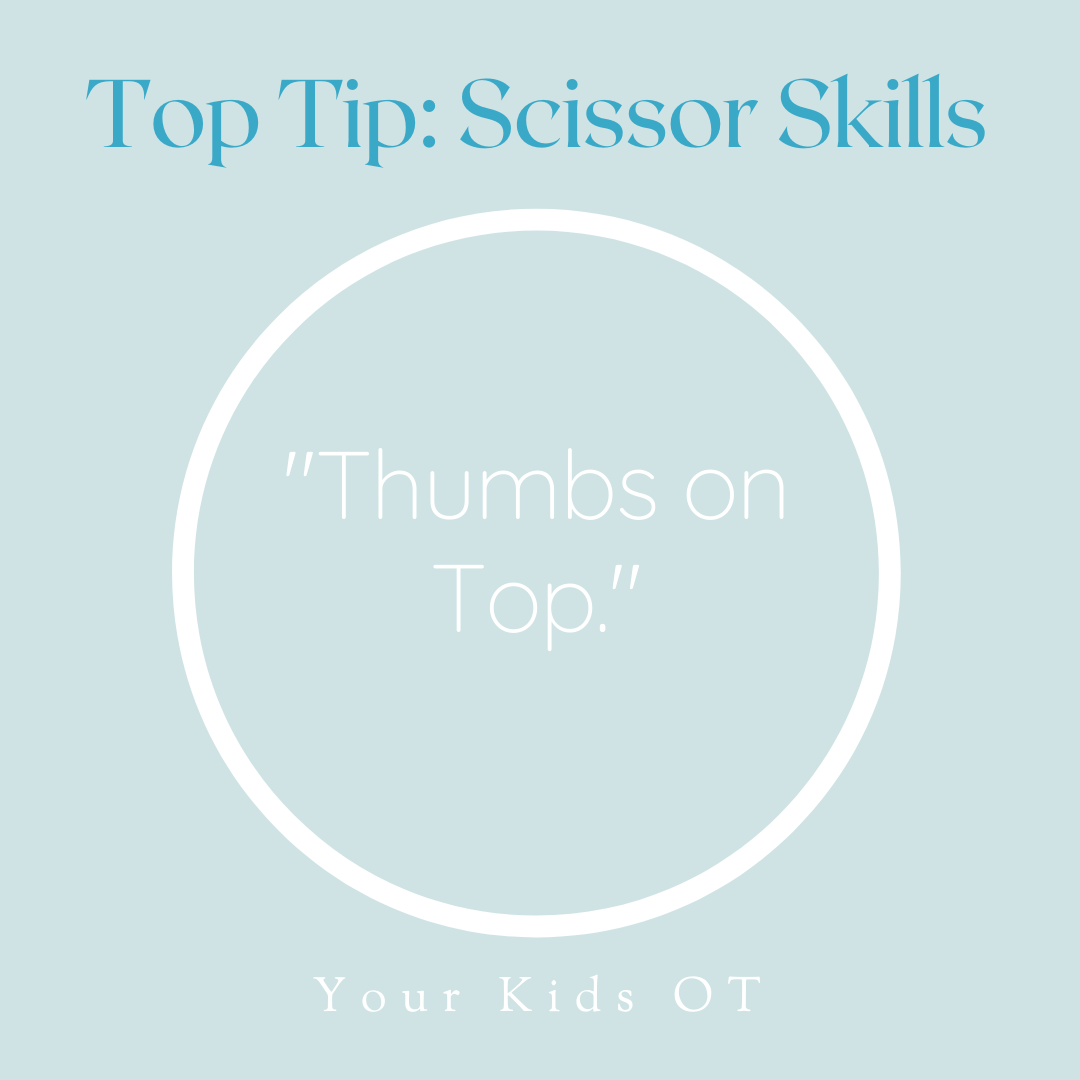
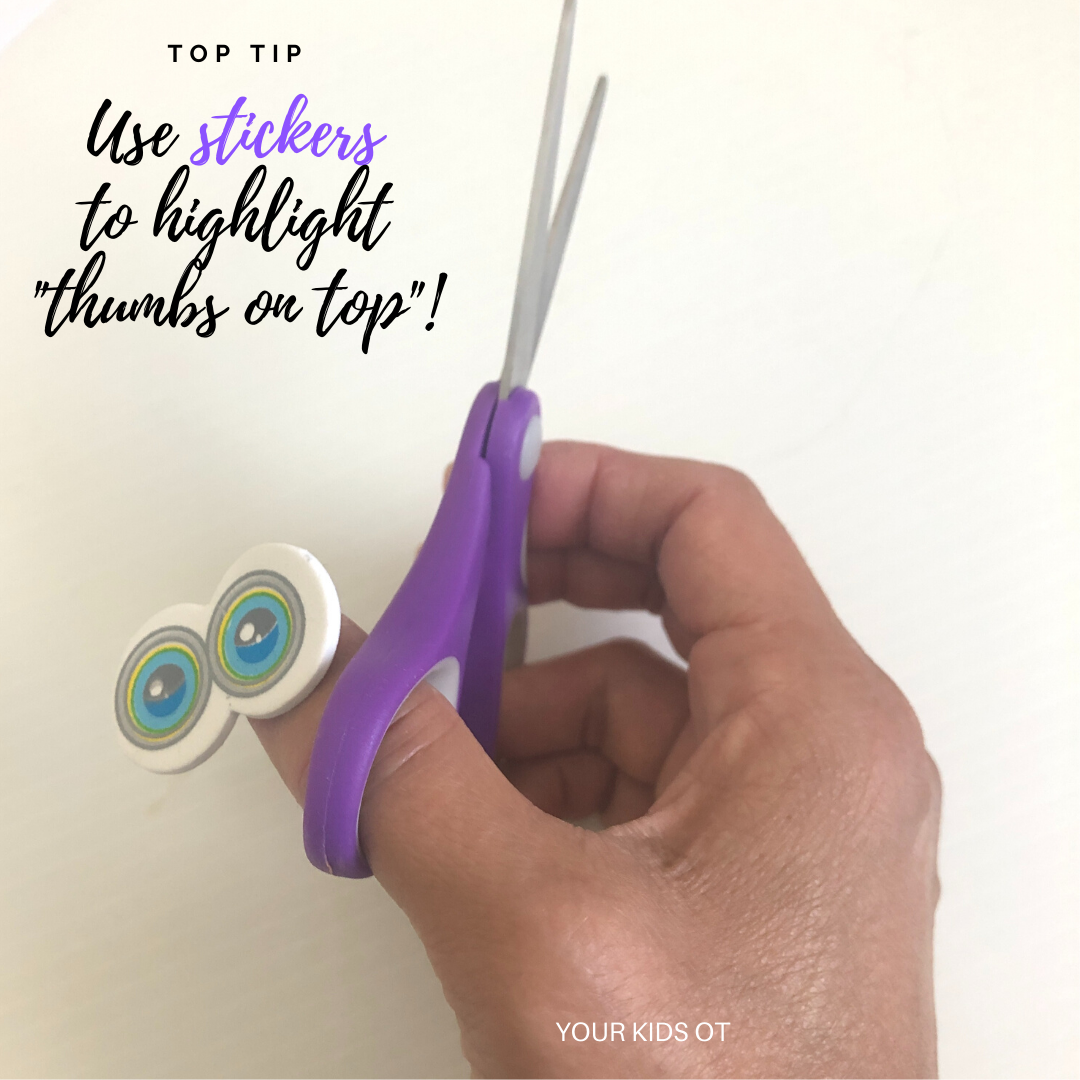
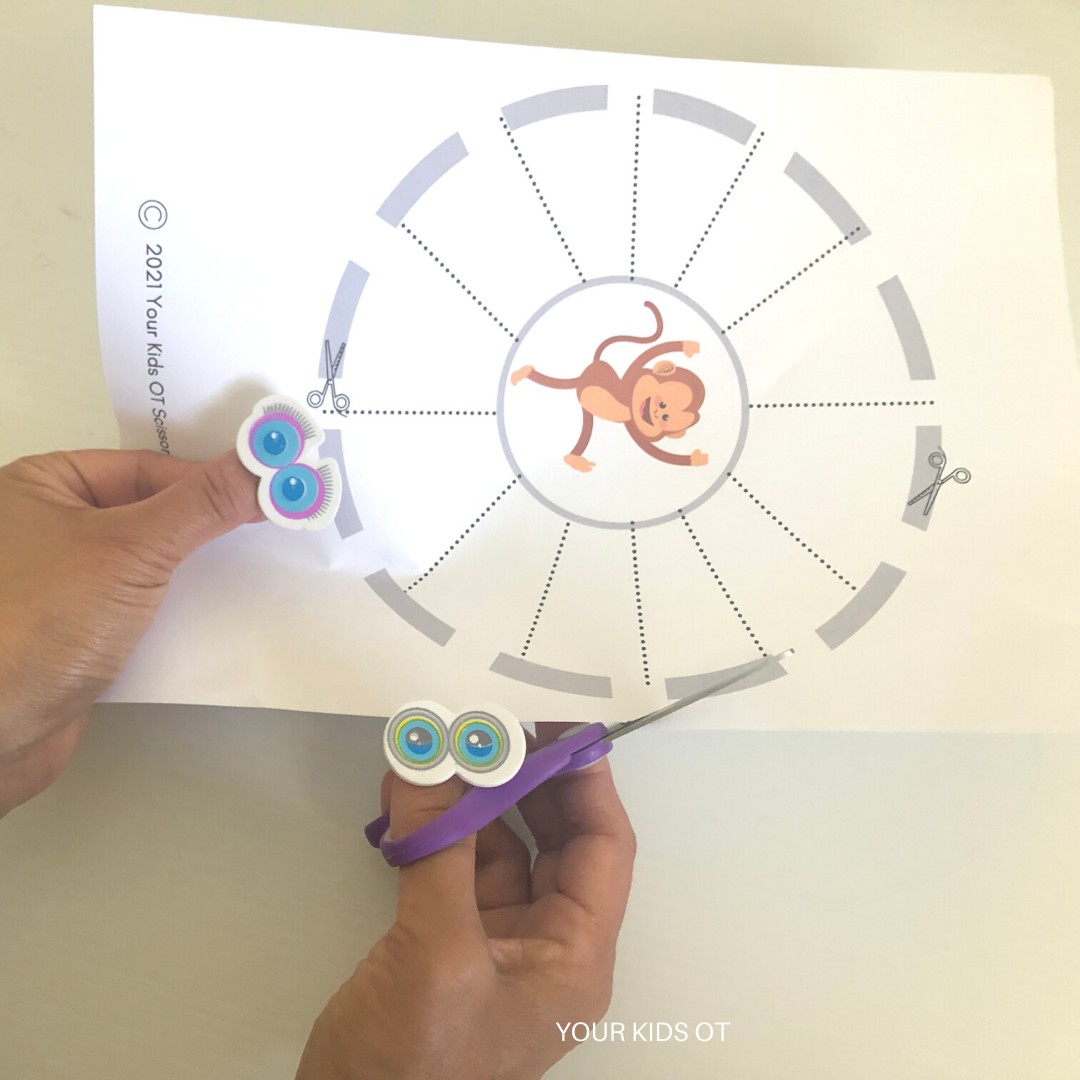

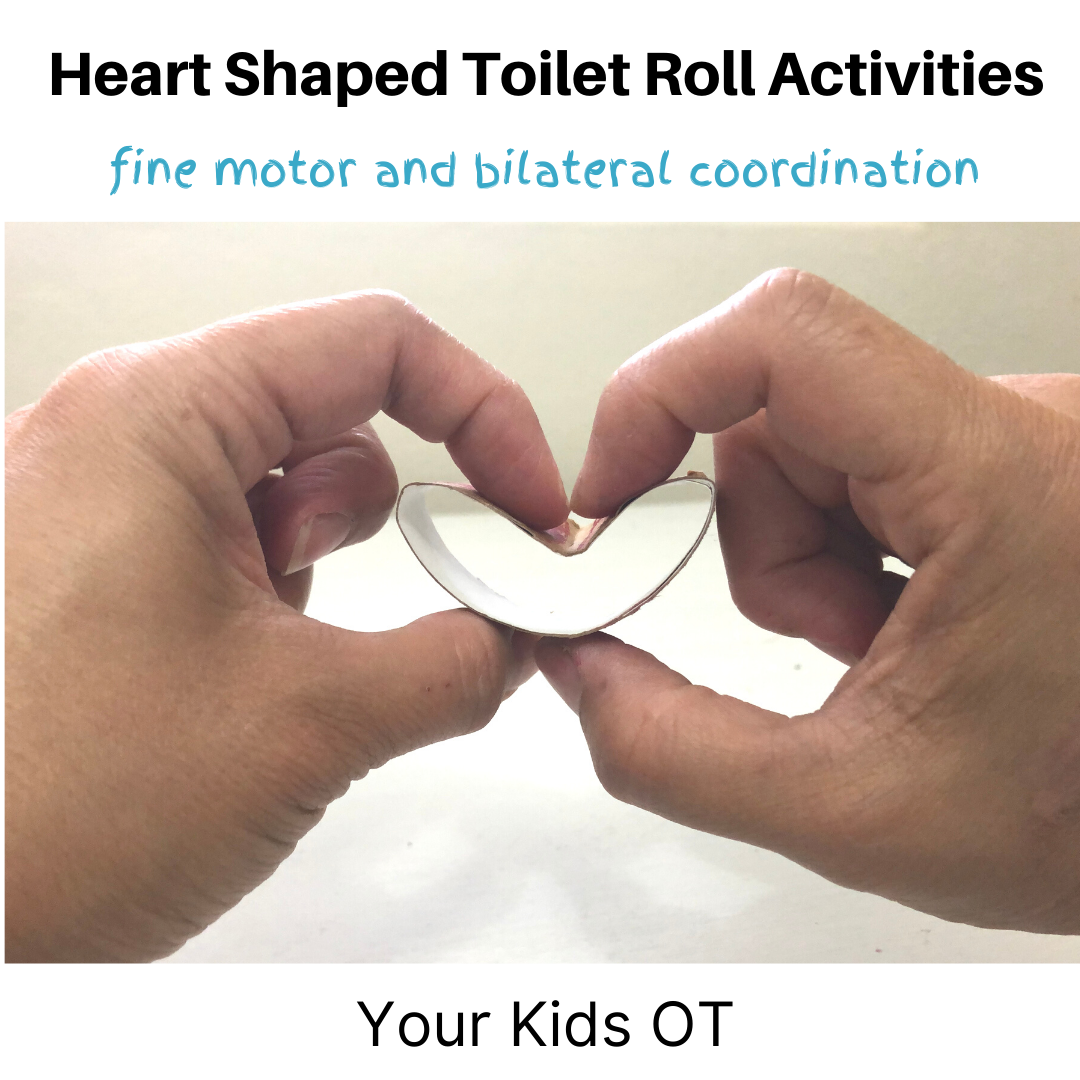

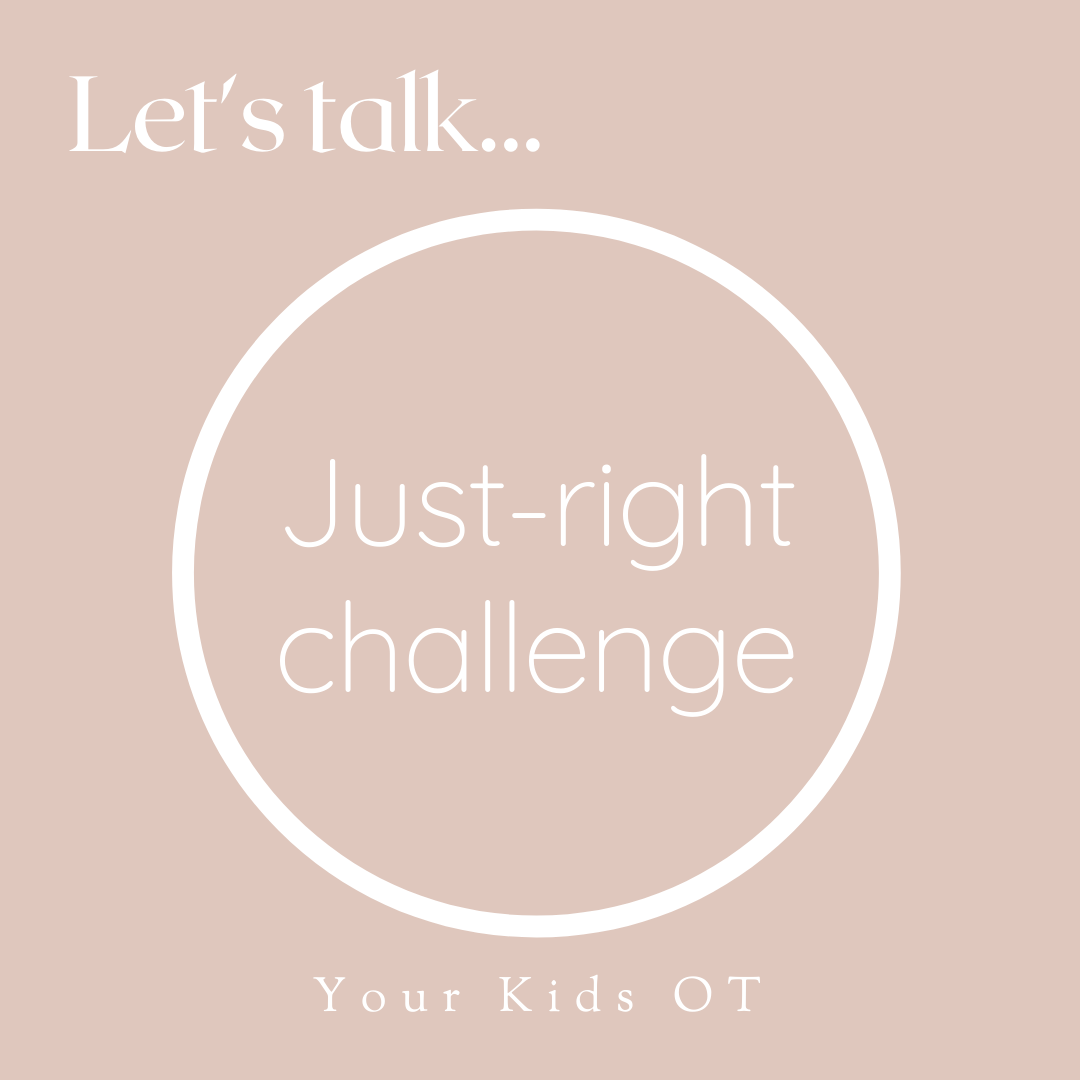
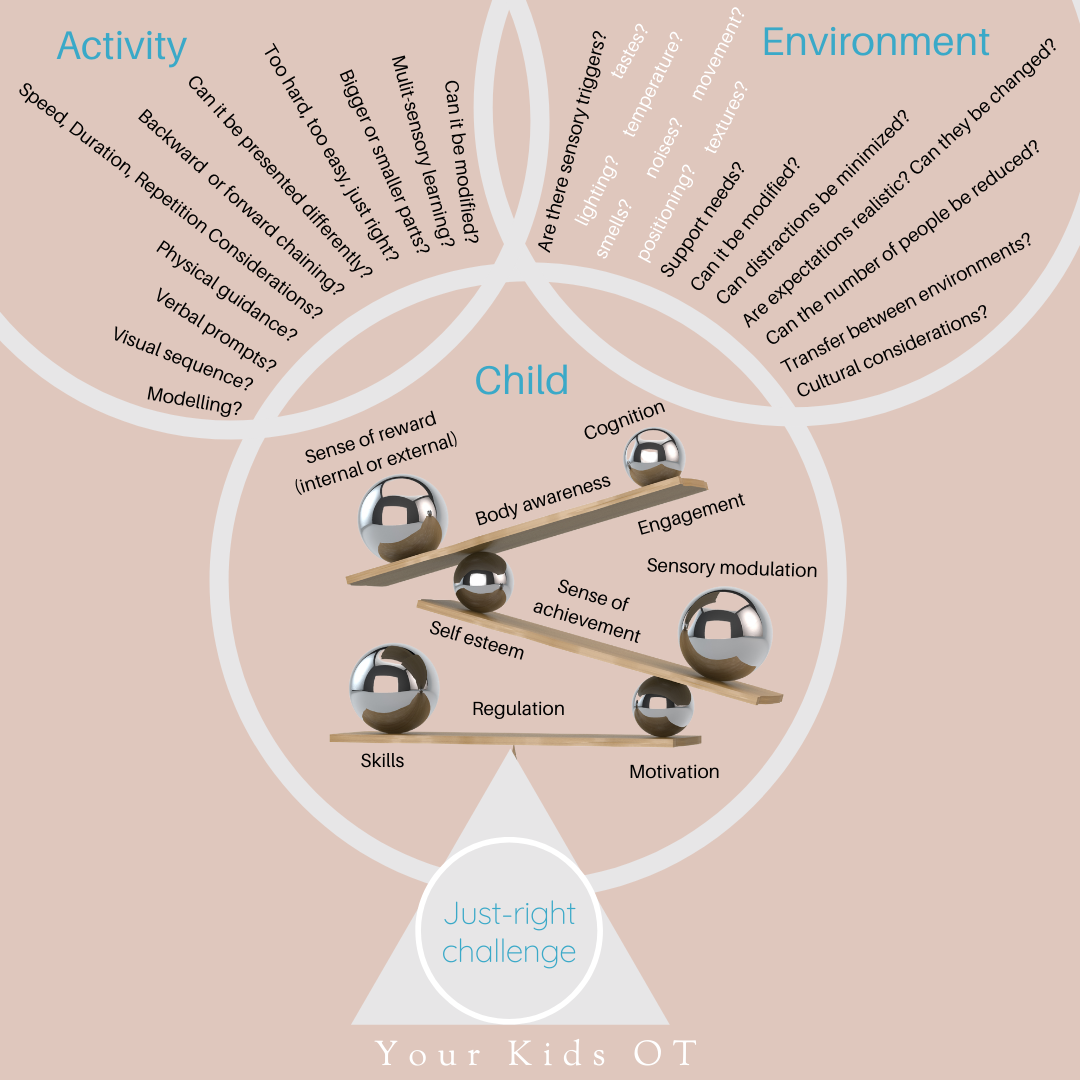

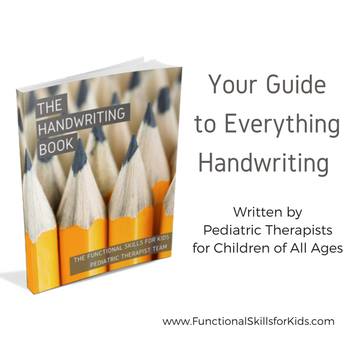

 RSS Feed
RSS Feed
